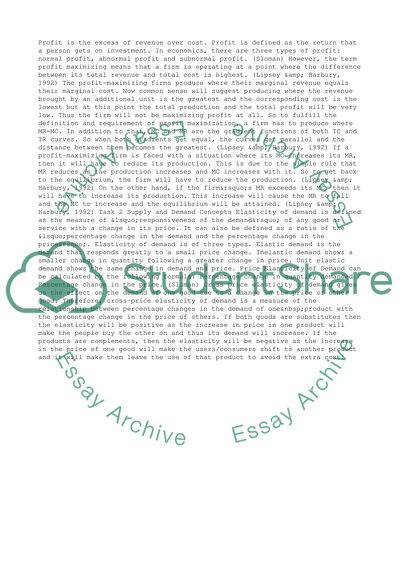Cite this document
(Relationship between Marginal Revenue and Marginal Cost Term Paper, n.d.)
Relationship between Marginal Revenue and Marginal Cost Term Paper. Retrieved from https://studentshare.org/management/1467967-economics-glob-bus-apps
Relationship between Marginal Revenue and Marginal Cost Term Paper. Retrieved from https://studentshare.org/management/1467967-economics-glob-bus-apps
(Relationship Between Marginal Revenue and Marginal Cost Term Paper)
Relationship Between Marginal Revenue and Marginal Cost Term Paper. https://studentshare.org/management/1467967-economics-glob-bus-apps.
Relationship Between Marginal Revenue and Marginal Cost Term Paper. https://studentshare.org/management/1467967-economics-glob-bus-apps.
“Relationship Between Marginal Revenue and Marginal Cost Term Paper”, n.d. https://studentshare.org/management/1467967-economics-glob-bus-apps.


